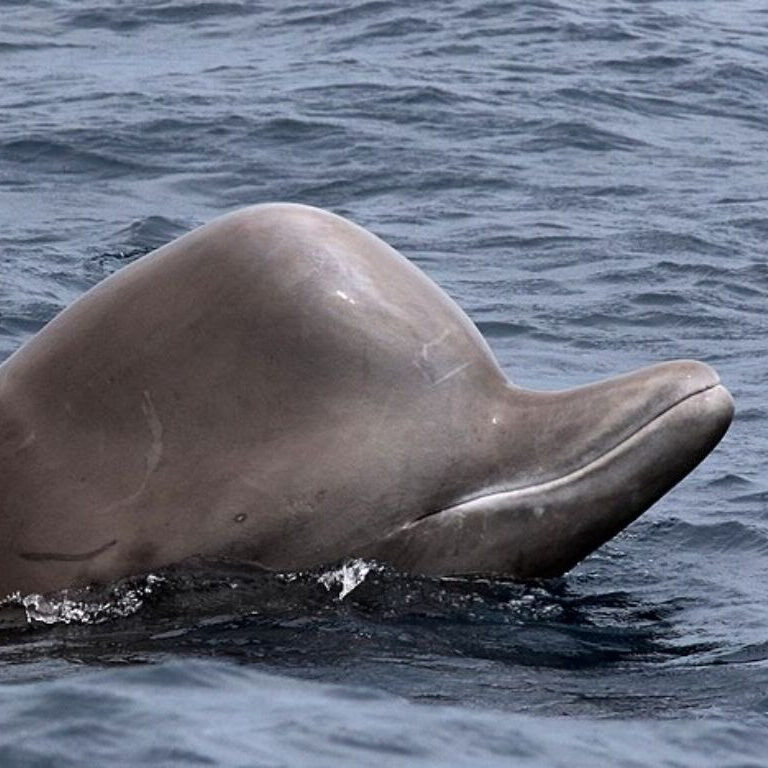Words by Anouk De Plaa, Team Member, HBCL
This month, my article is more on the HBCA side of things. In previous articles, I mentioned that I am working as a guide for a whale-watching company. Recently, we had a situation that got me thinking about our human urge to help animals; when this is helpful and when it isn’t.
We had a group of three bottlenose whales, which we suspect came to the fjord to seek shelter. One of them was clearly injured or ill. We encountered them on every tour, and people asked me if anyone was going to do something to help the animal. As there are no specialised vets or facilities available in Iceland for marine mammals, it was evident in this situation that there was nothing anyone could do.
I started thinking to myself, ‘But what if there was? Would intervening be the best course of action for the animal?’. I concluded that, in my opinion, it very likely would not have been. The animal would have had to be caught, (and would flee trying to escape capture possible causing further injury). The resulting separation from pod mates, transportation overland to an unknown environment, and likely spending a lot of time alone during recovery, if recovery was even possible, would all be incredibly stressful for the animal.
I often wonder if, in some cases, the best course of action for an injured animal is to intervene. I understand the urge to help an animal in distress, as we all love animals and do not want them to suffer. Not being able to do anything to help is a terrible feeling. But sometimes, I feel that the stress caused to the animal by our attempts to help might not be worth the potential benefits.
“I understand the urge to help an animal in distress, as we all love animals and do not want them to suffer. Not being able to do anything to help is a terrible feeling.”
It can also be difficult to judge a situation correctly when you are not an expert. For example, people see seal pups by themselves on the beach, or roe deer fawn in the woods, and often assume they have been abandoned. In some cases, people will approach the animal or even take it upon themselves to bring them to facilities, while in reality, the mother will return for the youngster later. In the spring, similar things happen when it comes to baby birds. For many species, it is normal for the chicks to spend several days on the ground after leaving the nest. They cannot fly yet at this stage but the parents still feed them. Many facilities receive lots of these young birds because people assume they have fallen from the nest.
Approaching these animals and ‘rescuing’ or trying to rescue them might lead to the opposite of what we wanted to do.
I absolutely do not think that rescuing wild animals is always pointless or harmful for the animal — I am very happy that there are rescue facilities in place to help injured wildlife. But I do think we have to consider our actions carefully before we act, and not let our urges get the better of us. Is the animal definitely abandoned or in distress? If so, could the animal recover without help, or is intervention really needed and beneficial for the animal’s survival? When possible, it is always best to consult with an expert before taking any action yourself. That way, we can make sure that we are helping animals who need our assistance and provide them with the best chances to recover.
In some cases, we will have to accept that, difficult as that is, the best way to help is by not helping.
Find out more about our work as Human Behaviour Change for Animals or get in touch.

